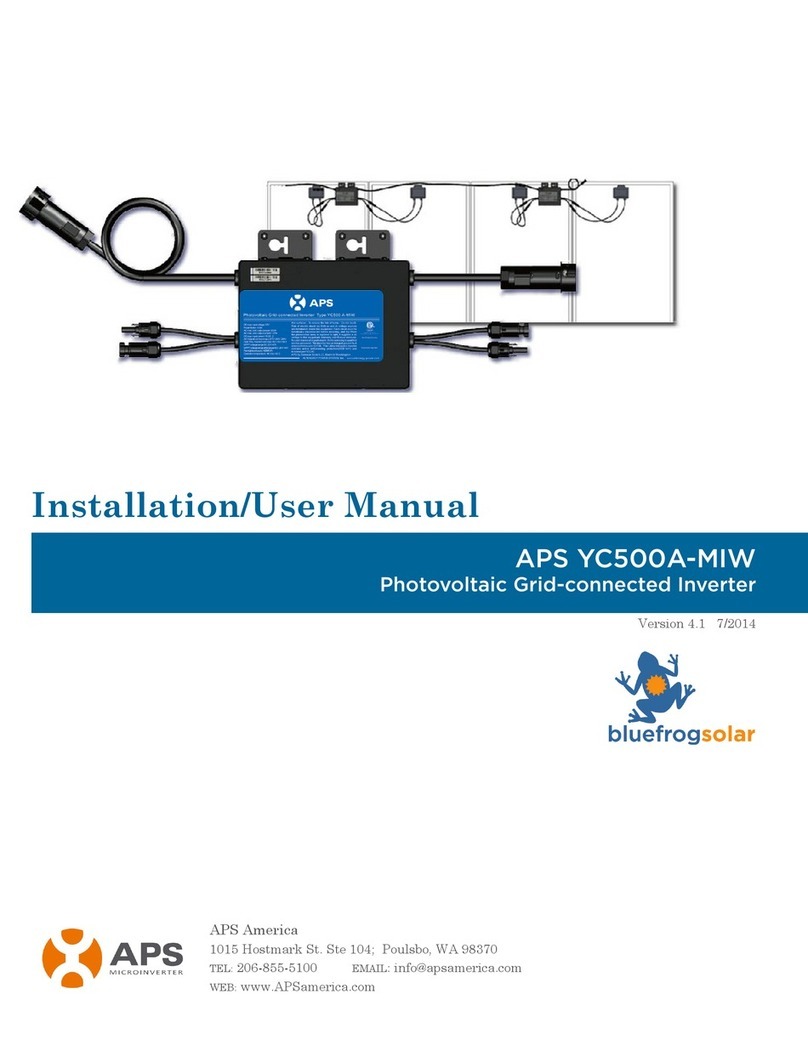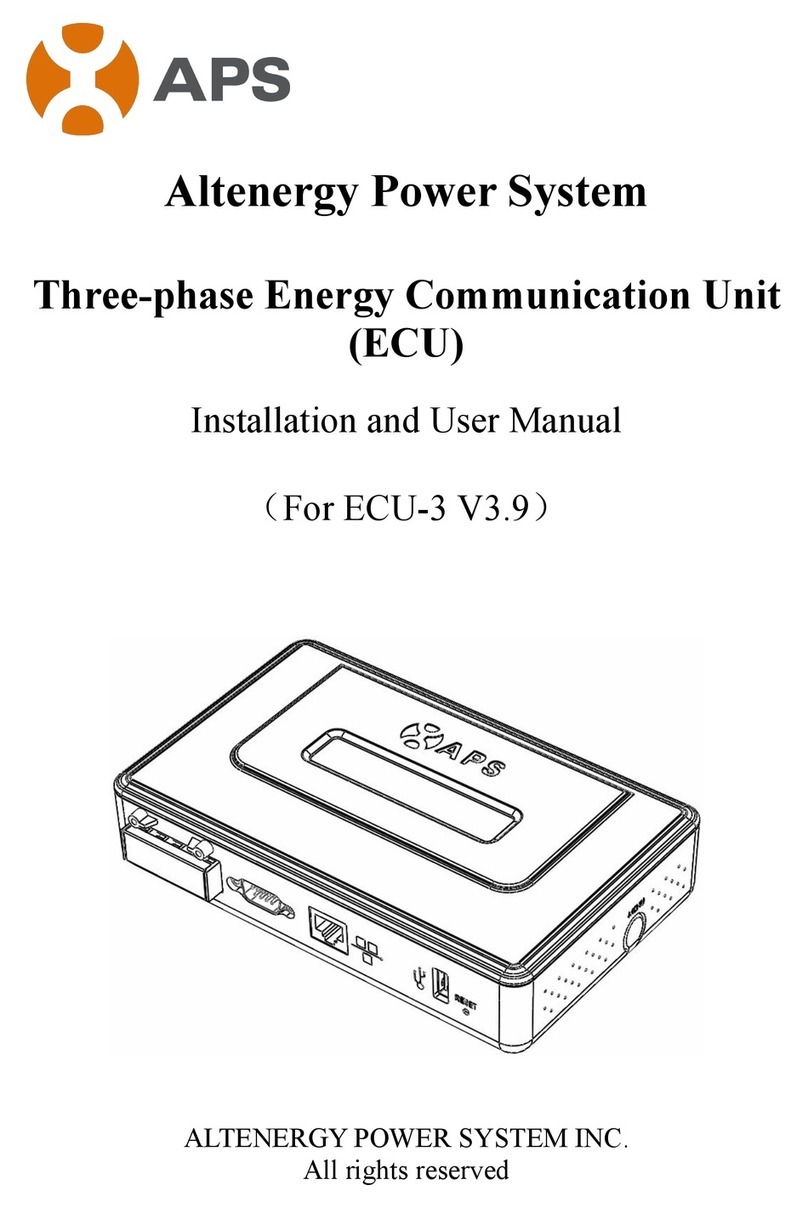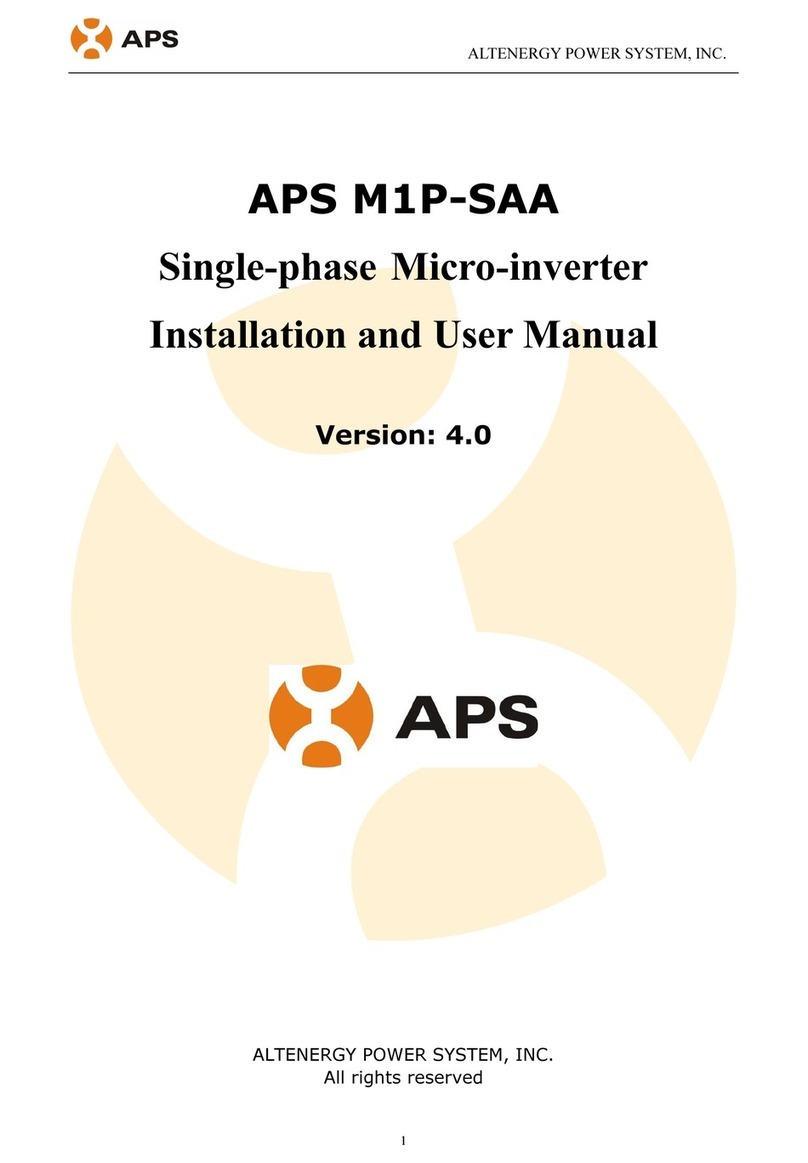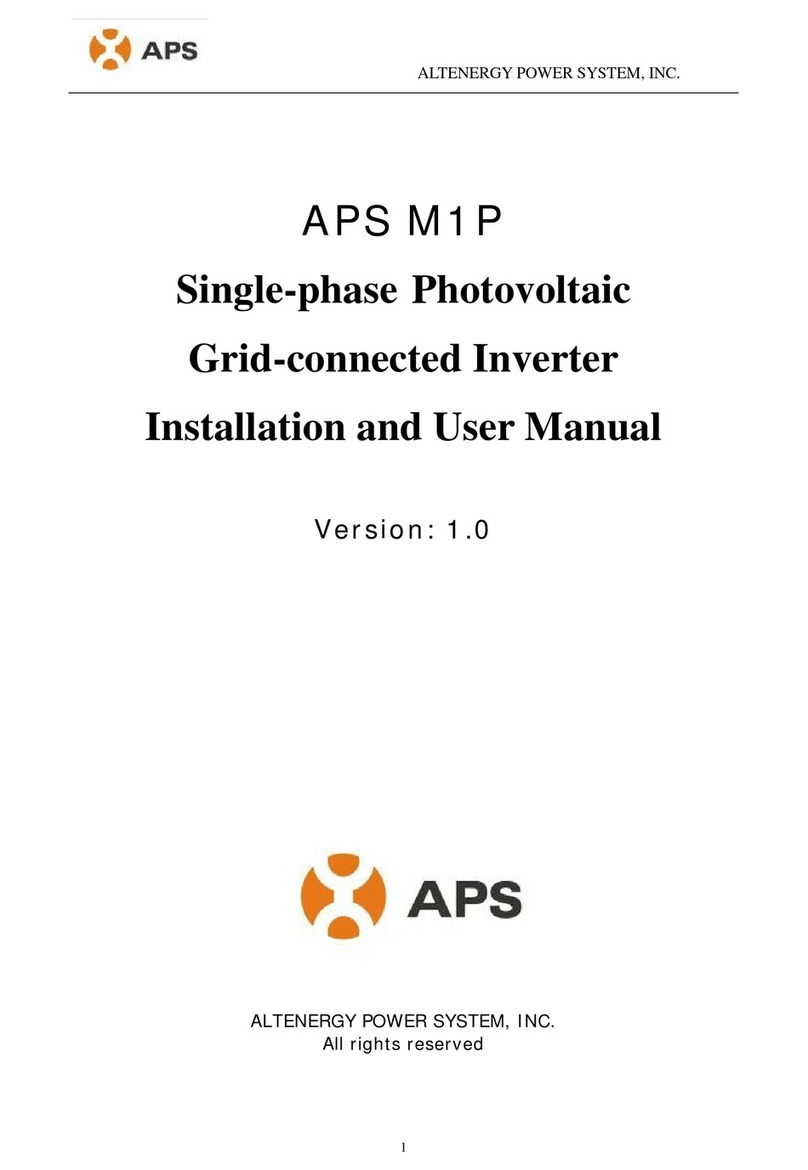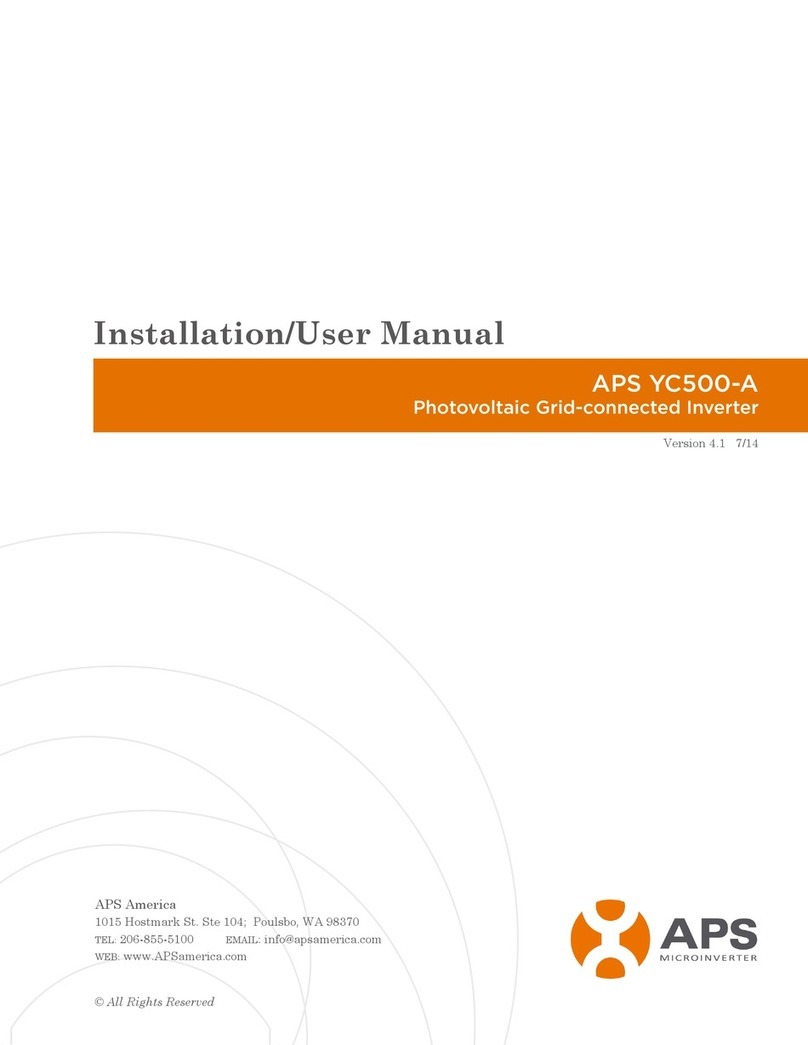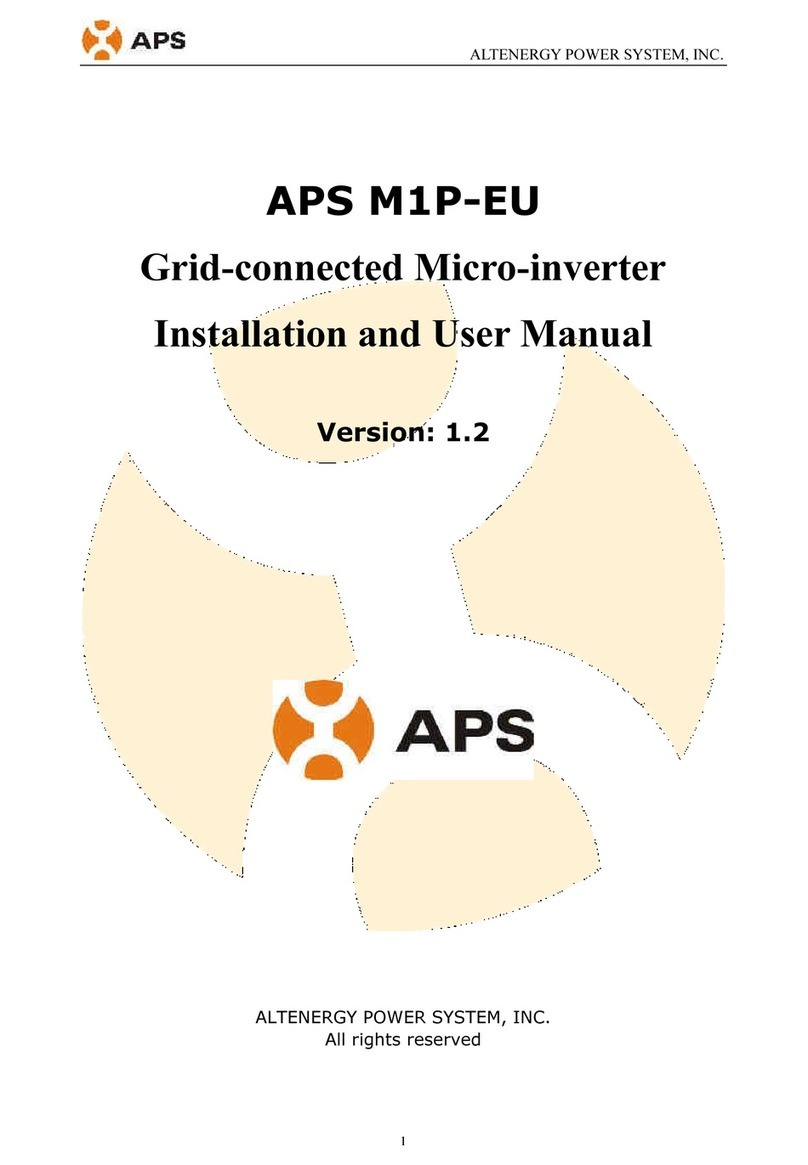
Cata
l
ogue
1.
Introduction
...................................................................................................
- 1
-
1.1 Appearence
introduction
.....................................................................
- 1 -
1.2 Parts
list
................................................................................................
- 2 -
2. Safety warnings and
instructions
..................................................................
- 3
-
2.1 Safety
signs
...........................................................................................
- 3 -
2.2 Safety
instructions
................................................................................
- 4 -
2.3 Using
notes
...........................................................................................
- 6 -
3. Operation
interface
........................................................................................
-
6
-
3.1 Interface
view
.......................................................................................
- 6 -
3.2 Status
indictor
.......................................................................................
-
7 -
3.3
Buttons
.................................................................................................
.- 7 -
3.4 LCD
dispaly
...........................................................................................
.- 7 -
4. Product
installation
.......................................................................................
.- 7
-
4.1 Select installation
location
...................................................................
- 7 -
4.2 Inverter
installation
............................................................................
- 10 -
5. Electrical
connections
..................................................................................
- 12
-
5.1 DC input terminal
connection
............................................................
- 12 -
5.2 AC input terminal
connection
............................................................
- 15 -
5.3 Other
connections
..............................................................................
- 18 -
6. Startup and
Shutdown
................................................................................
.- 20
-
6.1 Start up the
inverter
...........................................................................
- 21 -
6.2 Inverter
Shutdown
..............................................................................
-
21 -
7. Repair and
maintenance
.............................................................................
- 21
-
8. General
Operation
........................................................................... ............
- 22
-
8.1 The initial
interface
.............................................................................
-
23 -
8.2 Statistics
information
..........................................................................
-
25 -
8.3 Fault
record
........................................................................................
.- 27 -
8.4 Parameter
setting
...............................................................................
- 27 -
9.
Troubleshooting
...........................................................................................
- 31
-
9.1
Troubleshooting
.................................................................................
.- 34 -
10.
Specification
...............................................................................................
- 35
-






